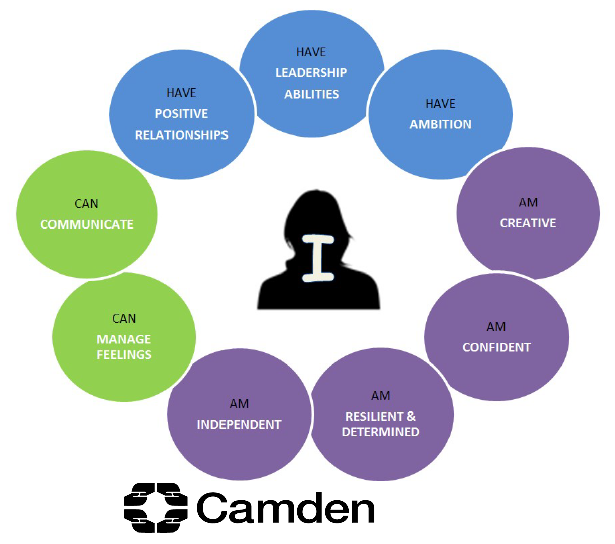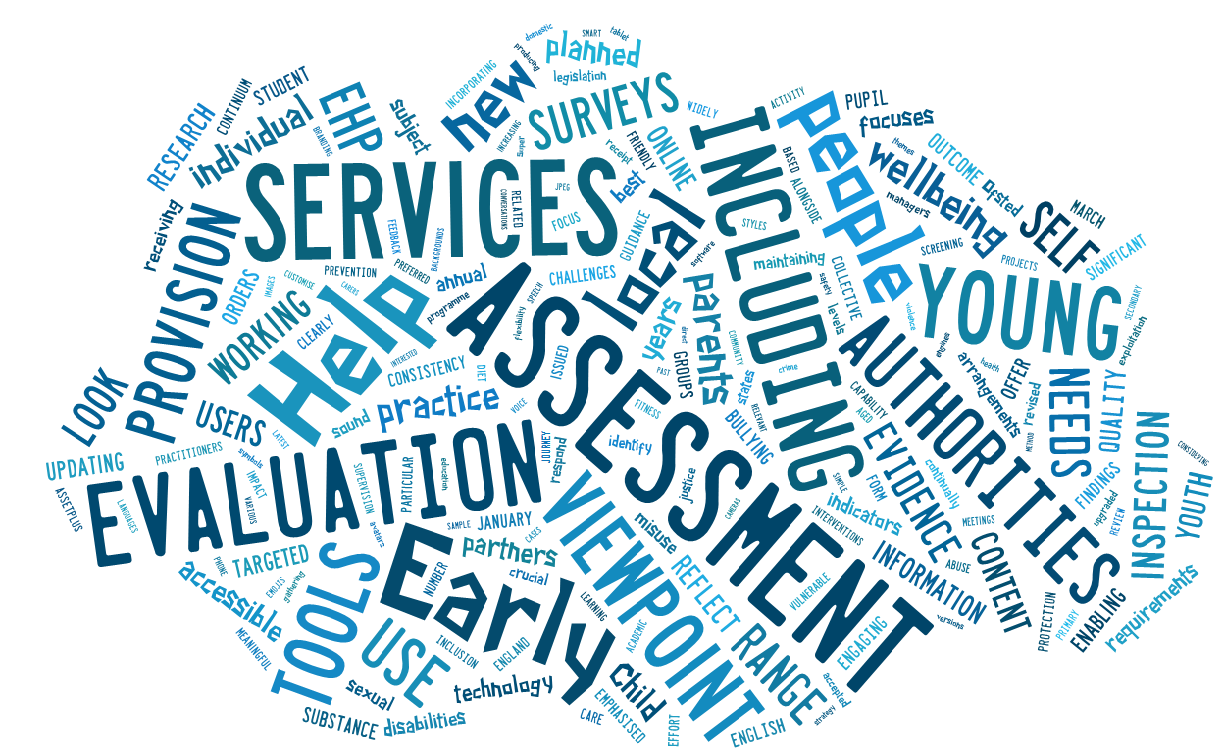New Viewpoint Assessment and Evaluation Tools for Early Help Provision Services
Early Help provision in English local authorities:
Since January 2012 Ofsted have included the inspection of early help provision by Local Authorities and their partners within inspection arrangements. Inspection findings reflect research evidence that Local Authorities and partners face significant challenges in maintaining consistency and quality of practice and understanding roles and responsibilities for early help provision.
In March 2015, the revised Working Together Guidance was issued which re-emphasised the crucial role of effective early help and focuses on the collective responsibility of all agencies to identify, assess and to provide targeted services. Working Together clearly states that 'provision of early help services should form part of a continuum of help and support to respond to the different levels of need of individual children and families'.
Viewpoint for assessment and evaluation in Early Help services:
At Viewpoint, we are continually updating our content and technology to reflect current children's services legislation and requirements, enabling users of statutory services (including children in care with child protection plans and/or subject to youth justice orders) to have access to a range of new assessment and evaluation tools.
One particular area of current focus is our work with a number of local authorities to develop assessment and evaluation tools designed to support best practice and the needs and requirements of Early Help Provision services in local authorities in England.
In designing EHP questionnaires and reports, every effort has been made to include up to date research and best practice, alongside technology that enables user-friendly, accessible and meaningful reporting for practitioners and managers. Questionnaire content is evidence-based, incorporating widely accepted outcome indicators (including young people's wellbeing). Reports are designed for inclusion in local EHAs (Early Help Assessments).
For assessment in Early Help services:
-
Early Help assessment for young people, parents/families receiving a range of EHP services including a new Capability Assessment tool for youth 11 to 24 years.
-
For children, young people with disabilities and their Families - including a new Local Offer ECH Plan Annual Impact Self-assessment tool.
-
CSE self-reporting tools: for screening/assessment of young people vulnerable to, or who have experienced sexual exploitation - including for use in non-statutory services. (Click here to try out a demo version of Viewpoint's CSE assessment/evaluation tool.)
-
Updated self-assessment tools related to Substance Misuse, Pupil/Student Wellbeing, Bullying/peer abuse, Diet and Fitness and PLS (Preferred Learning Styles). (Click here to try out a demo version of Viewpoint's Preferred Learning Styles tool.)
-
New, upgraded graphical, Child's Journey self-assessment reports for use in assessment and review meetings, supervision and service development.
For evaluation of Early Help services:
-
Needs and Evaluation surveys including:
-
An online Local Offer Needs and Evaluation feedback survey for children and young people with disabilities, their parents and families
-
A programme evaluation tool for use in a range of projects (activity or academic focused) with young people aged 10 to 21 years
-
Pupil/Student Wellbeing surveys in primary, secondary, PRU and further education
-
Voice of the Child evaluation reporting including latest online bi-annual 'Super Surveys' gathering sample groups of young people's responses on various themes such as bullying, substance misuse, domestic violence, sexual health, wellbeing and crime/community safety.
How they look and sound:
By increasing the flexibility of Viewpoint Information System software, local authorities and agencies can now customise the look (graphical backgrounds, branding and avatars) and sound (speech engines and other first languages) and content (including use of symbols and Emojis) to make their versions of Viewpoint more engaging, accessible and relevant. In many cases the graphical look of Viewpoint is designed by young people themselves by producing simple Jpeg images from smart phone/tablet cameras.
Who might be interested?
-
If you are in a local authority who already uses the Viewpoint Information System
-
If your authority has used Viewpoint as an assessment/evaluation method in the past but is now considering assessment and evaluation as part of your EHP strategy
-
If your agency has never used Viewpoint but is currently looking for tools to engage EHP service users (young people, parents and carers) in direct 'conversations' that inform individual assessment and provide evidence for service evaluation.
If you would like to find out more about this new assessment tool or discuss how it could be further customised and used for your service, please contact Neil Hopkins.













